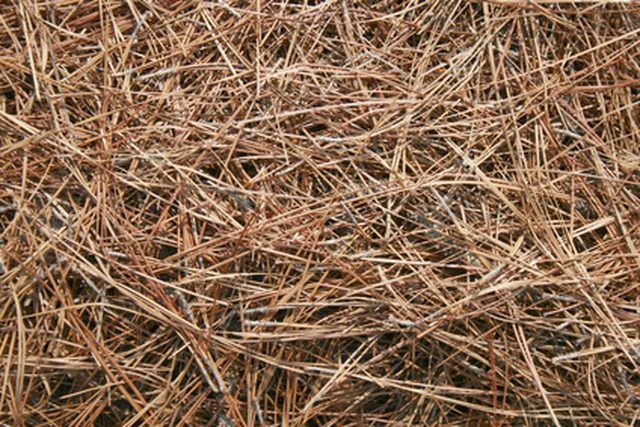Bulbs
Flower Basics
Flower Beds & Specialty Gardens
Flower Garden
Garden Furniture
Garden Gnomes
Garden Seeds
Garden Sheds
Garden Statues
Garden Tools & Supplies
Gardening Basics
Green & Organic
Groundcovers & Vines
Growing Annuals
Growing Basil
Growing Beans
Growing Berries
Growing Blueberries
Growing Cactus
Growing Corn
Growing Cotton
Growing Edibles
Growing Flowers
Growing Garlic
Growing Grapes
Growing Grass
Growing Herbs
Growing Jasmine
Growing Mint
Growing Mushrooms
Orchids
Growing Peanuts
Growing Perennials
Growing Plants
Growing Rosemary
Growing Roses
Growing Strawberries
Growing Sunflowers
Growing Thyme
Growing Tomatoes
Growing Tulips
Growing Vegetables
Herb Basics
Herb Garden
Indoor Growing
Landscaping Basics
Landscaping Patios
Landscaping Plants
Landscaping Shrubs
Landscaping Trees
Landscaping Walks & Pathways
Lawn Basics
Lawn Maintenance
Lawn Mowers
Lawn Ornaments
Lawn Planting
Lawn Tools
Outdoor Growing
Overall Landscape Planning
Pests, Weeds & Problems
Plant Basics
Rock Garden
Rose Garden
Shrubs
Soil
Specialty Gardens
Trees
Vegetable Garden
Yard Maintenance
Why Do Pine Trees Stay Green All Year Long?
Why Do Pine Trees Stay Green All Year Long?. Though we call them needles, the green of pines and other evergreens are actually leaves. They serve the same purpose as the leaves of deciduous trees, but their characteristics allow them to remain on evergreen trees, only dropping off after several years. This saves energy for the pines to use making...
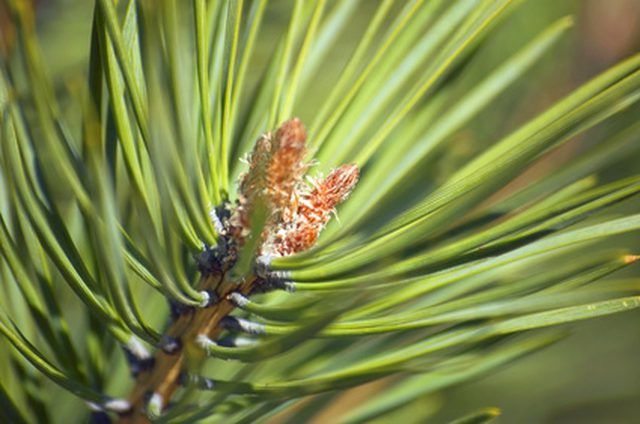
Though we call them needles, the green of pines and other evergreens are actually leaves. They serve the same purpose as the leaves of deciduous trees, but their characteristics allow them to remain on evergreen trees, only dropping off after several years. This saves energy for the pines to use making cones and new limb growth.
Pigment
Of the three pigments found in tree leaves, chlorophyll is dominant in evergreens. This is the chemical that leaves use to make food from sunlight, and it gives all kinds of leaves their green color.
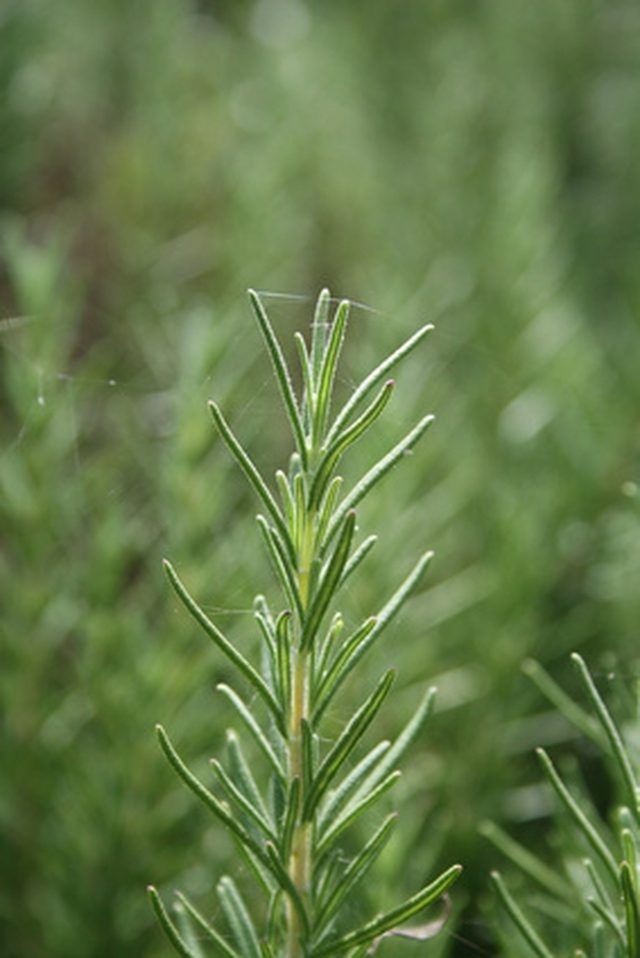
Leaf Type
Deciduous trees change color and lose their leaves in the fall in anticipation of the oncoming winter. Their broad, flat leaves haven't any protection against freezing temperatures and would be a liability for the plant's overall health. In contrast, evergreen leaves are narrow, with far less surface area exposed to the elements. They also have a heavy coating of wax to keep the fluids inside the leaf from freezing.
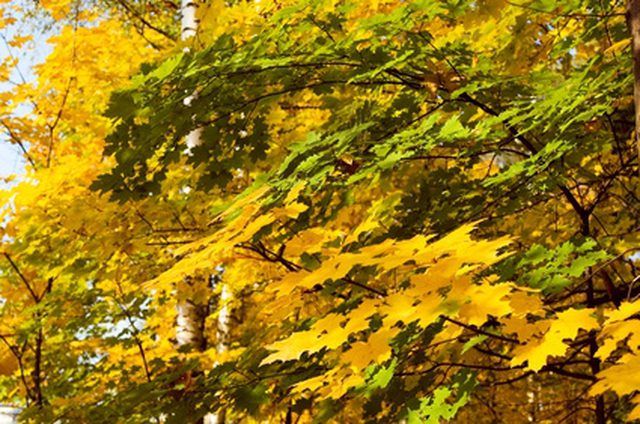
Benefits of Keeping Leaves
Without leaves, deciduous trees work hard from spring through autumn gathering enough food to fuel growth. Winter forces them into dormancy, and they must use some of their stored energy to produce new leaves in the spring. By keeping their leaves year round, pines can use their energy for new growth rather than for leaf production.
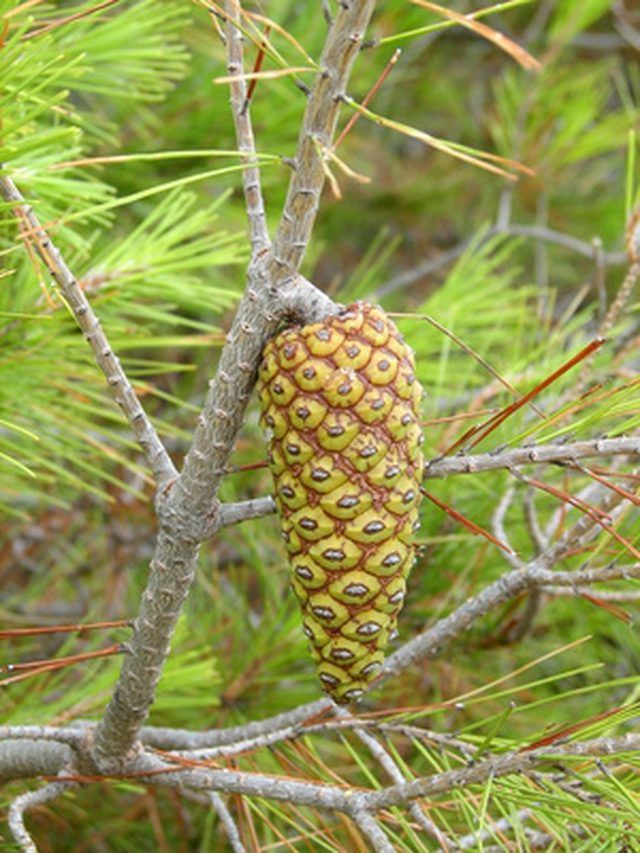
Some Leaf Loss
Although they stay green, pines and other evergreens do not keep their leaves indefinitely. Inner needles and those that have worn out drop off within a few years to be replaced by new growth.
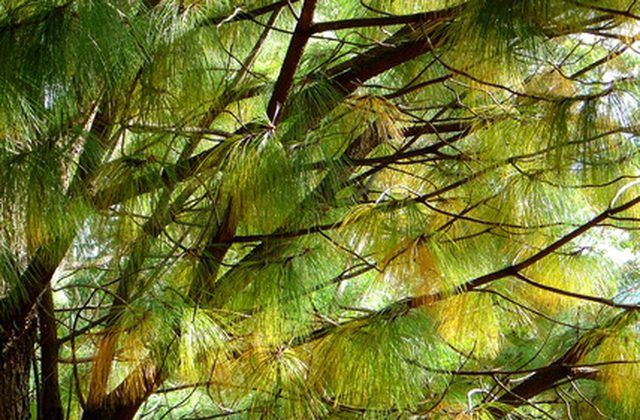
Leaf Decomposition
Organisms such as earthworms, fungi and bacteria break down fallen pine needles, returning them to the earth as food for the tree from which they came. The humus layer this creates also helps hold rainfall, preventing erosion and allowing the tree to maintain a solid hold with its roots.
